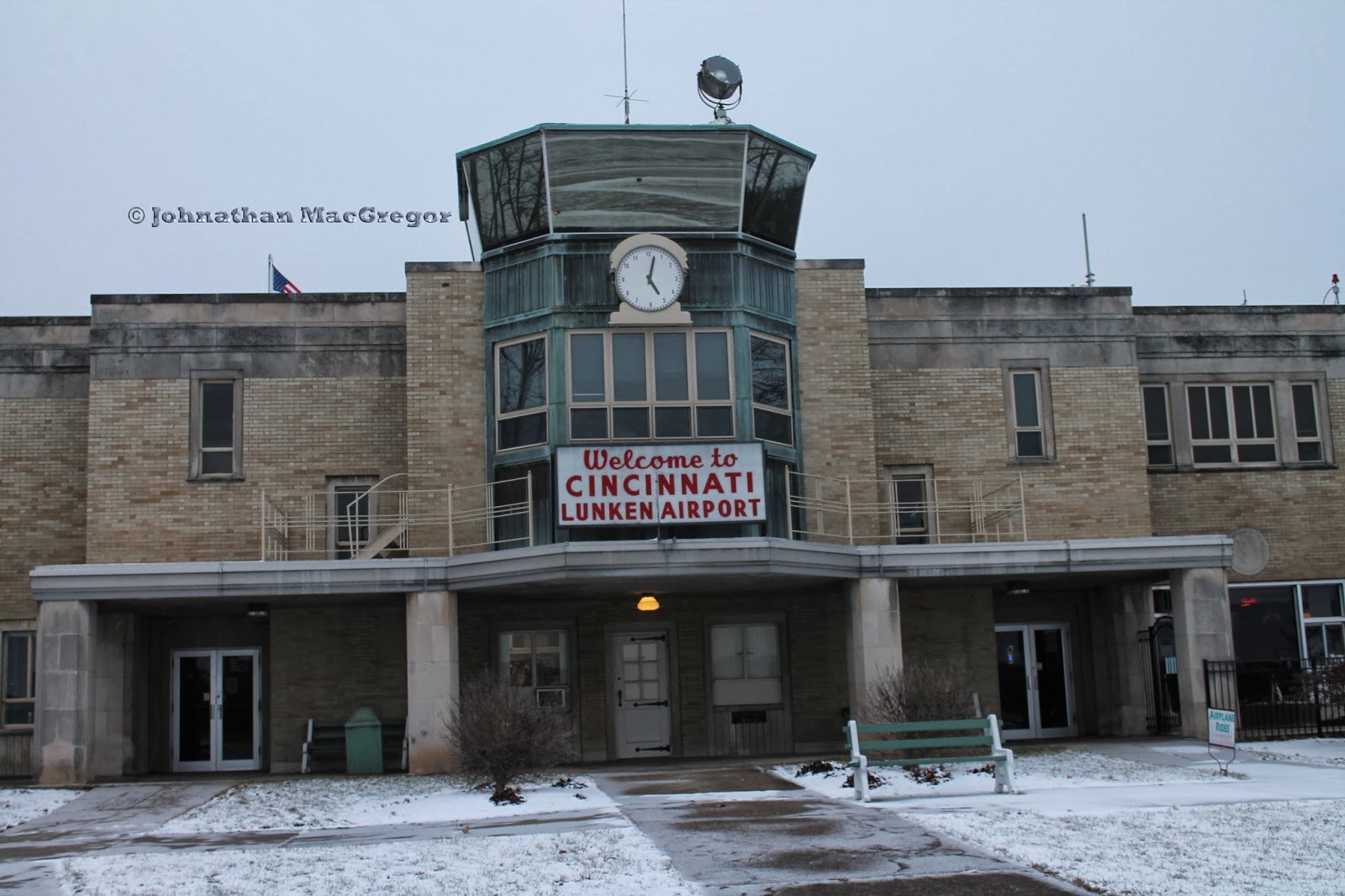The concept of this blog boils down to one thing—how weird
it is to compare what’s here now with what was. If we go back just a few
hundred years the chances are pretty good wherever you’re reading this post was
just part of the unbroken wilderness. The landmarks around you simply didn't
exist—no grocery store, no McDonalds, no “weird 7.5-way intersection.”
As civilization slowly moved across the continent people
gravitated either to where it would be easy or profitable to set up shop.
Sheltered bays on the coast, along rivers, rich timber, or mineral deposits. As
anyone who’s played any Sid Meier game knows, there are only so many “perfect”
spots to build a settlement. As a result, it doesn’t take long to start
settling on the next-best spots, close to the really good ones. Think about how
you may live in an affordable part of town, but work in a nicer area.
After a couple hundred years of this cycle, we have giant
metro areas where settlement after settlement piggybacked on an initial “perfect”
spot. These suburbs grew out of nothing because once upon a time the initial
city had jobs—and we stay because the jobs are still somewhere in this metro
area. If not, we’d leave—think about the mass flight from Pittsburgh since the
decline of US Steel, or Detroit as the Big Three consolidate.
This brings us to
the Moonville Tunnel in Vinton County, Ohio.
First, the area was all forest. Then the American colonists
started pushing West in search of a wilder land with more opportunity. Small
homesteads were carved out of the forest, fields were planted, trails and roads
grew. This was followed by the mills, the government buildings, the places of
commerce needed by any decent sized group of people. But it wasn't the most
convenient place to settle—far from rivers, lakes, mountains with minerals. The
population stayed small, remote, and underdeveloped compared to cities like
Cleveland, Cincinnati, or Pittsburgh.
Then iron ore was discovered in the rocks in the area, and
the boom was on. Iron furnaces such as the one at Hope, OH were constructed. Men and material flowed in, creating boom towns all over the
region. The area’s remoteness was now offset by the profit that could be made,
and for nearly 100 years the development reflected it. Since there was no easy,
natural route like a river to get the iron out after smelting (the industries
fed by iron weren't located anywhere nearby, remember), railways were financed
to bridge the many creek beds and tunnel through the many hills.
 Then the iron boom tapered off, eventually into nothingness.
The trains hadn't been in the area before the boom—the needs of the population
wouldn't cover the expenses of fuel and track maintenance. Once the iron
furnaces had all closed and Southeast Ohio returned to pockets of small rural
communities many of the railways simply stopped service to this remote area.
This is how we end up with places like the Moonville Tunnel, named after a town
that no longer exists and built to shelter tracks long ago removed for use
elsewhere.
Then the iron boom tapered off, eventually into nothingness.
The trains hadn't been in the area before the boom—the needs of the population
wouldn't cover the expenses of fuel and track maintenance. Once the iron
furnaces had all closed and Southeast Ohio returned to pockets of small rural
communities many of the railways simply stopped service to this remote area.
This is how we end up with places like the Moonville Tunnel, named after a town
that no longer exists and built to shelter tracks long ago removed for use
elsewhere.Moonville Tunnel is a perfect spot to practice the surreal act of trying to reconcile how things are now with how they must have been.
Several of these poles were on either side of the tunnel, near the old right-of-way. Considering how good of shape they're in (considering), my hunch is they were from the tail end of the rail line's existence, rather than the original telegraph cables.
Playing with the shutter speed to get the best view--this is a long exposure that gives you a bit of a feel for the over all scale.















































